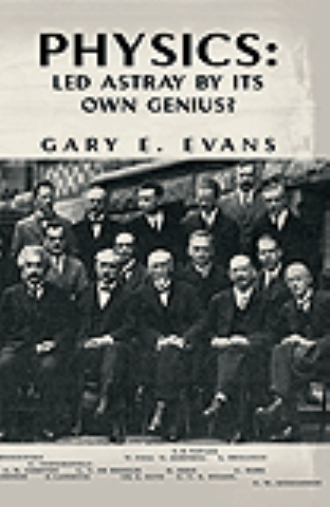Physics - Led Astray by its own Genius?
by
Book Details
About the Book
This book suggests that the foundations of physics, laid a century ago, were necessarily based on extremely little knowledge of the structure of matter, particularly of the wave nature of particles. Consequently some of the basic principles are interpreted incorrectly, and need to be modified. A model of space and matter is presented as an alternative foundation that makes nature clear and comprehensible. Over a century ago, when Max Planck proposed the idea of quantized energy at the atomic level and Albert Einstein extended it to describe photons of light, it was six years before the concept of atoms had even been presented by Rutherford. Relativity was described fifteen years before we realized that particles had a wave nature. In fact, the entire development of quantum mechanics to describe the behavior of particles due to that wave nature has taken place without a wave model of the particles themselves. The brilliant pioneers of modern physics were forced to formulate theories and equations that justified the measured results, but with reasoning that could not be justified today. As a consequence, despite the enormous expansion of our knowledge of the physical world in the intervening century, we have not arrived at the clear, simple undrstanding of nature that we once hoped for. Instead, the emerging picture has become ever more incomprehensible, non-intuitive, and abstract, and we still do not understand the most basic terms that we use - like gravity, force, and mass.Particles clearly have an electromagnetic wave nature. If we explore the possibility that they are, in fact, intense, self-resonant standing waves, a host of phenomena become simply explainable. Such electromagnetic wave resonances would only be stable in very few specific modes, corresponding to the major particles. Unstable modes with limited lifetimes correspond to the numerous transient particles. Furthermore, being waves, they do not respond to “forces” according to Newton, but respond and move as complex wave functions. In particular, such waves follow the laws of relativity, without invoking it. Outside the intense resonant region, particles are surrounded by weak fringing fields that lead to the resonant structure of electron orbits around atoms, and tie nucleons together in the nucleus. The interaction of those fringing fields leads us to the equations of quantum mechanics, but without the need for a probability interpretation. As an indirect consequence, every measurement that we make involves a change in state that is quantized in discrete steps. Energy itself does not come in discrete units. Ordinary light does not come in discrete units. But since we always use resonant particles to measure with, our data is always quantized. A century ago, before these structures were understood, the need to explain the curious data led to relativity, lumping of light into photons, and a probabilistic view of quantum mechanics. We are in a position to replace these views. To explain the internal resonance of particles leads us to adopt a real model of space with the equivalent of elasticity that determines the speed of light. That speed is not constant, but varies with the intensity of the electromagnetic field. Taking that difficult step leads to major rewards. Electric field becomes simply the deflection of space, gravity is the gradient of the speed of light, and mass, energy, and the basic forces each have equally simple interpretations. The net result is a comprehensible view of nature with exceptionally wide implications.
About the Author
Gary Evans was born in New York City in 1931. He attended the Cooper Union in New York, and New Mexico State and Maryland Universities, receiving a PhD in Electrical Engineering. His career involved the design and development of antennas and microwave systems at Westinghouse Electric Corporation, retiring in 1994 as a Consulting Engineer specializing in electromagnetic waves. He has authored Antenna Measurement Techniques at Artech House, and contributed to The Radar Handbook, edited by Merrill Skolnik at McGraw-Hill.


